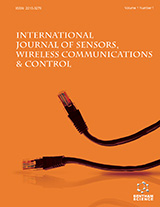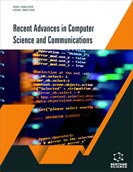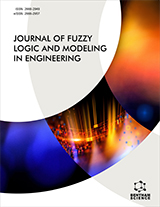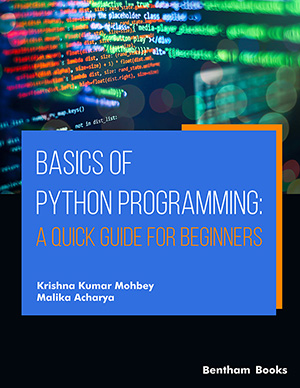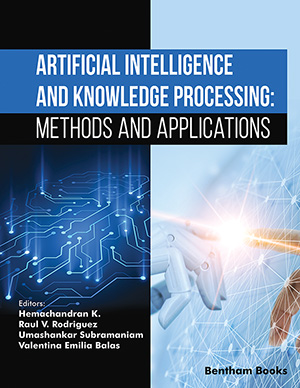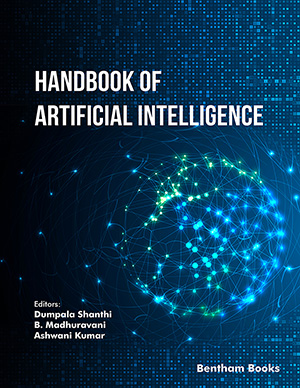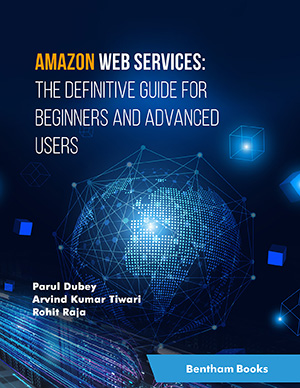Abstract
Background: Wireless Sensor Networks (WSNs) have emerged as a crucial technology for various applications, but they face a lot of challenges relevant to limited energy resources, delayed communications, and complex data aggregation. To address these issues, this study proposes novel approaches called GAN-based Clustering and LSTM-based Data Aggregation (GCLD) that aim to enhance the performance of WSNs.
Methods:The proposed GCLD method enhances the Quality of Service (QoS) of WSN by leveraging the capabilities of Generative Adversarial Networks (GANs) and the Long Short-Term Memory (LSTM) method. GANs are employed for clustering, where the generator assigns cluster assignments or centroids, and the discriminator distinguishes between real and generated cluster assignments. This adversarial learning process refines the clustering results. Subsequently, LSTM networks are used for data aggregation, capturing temporal dependencies and enabling accurate predictions.
Results: The evaluation results demonstrate the superior performance of GCLD in terms of delay, PDR, energy consumption, and accuracy than the existing methods.
Conclusion: Overall, the significance of GCLD in advancing WSNs highlights its potential impact on various applications.
Keywords: WSN, GAN-based clustering, cluster head selection, LSTM-based data aggregation, performance analysis, quality of service.
International Journal of Sensors, Wireless Communications and Control
Title:Effective Hybrid Deep Learning Model of GAN and LSTM for Clustering and Data Aggregation in Wireless Sensor Networks
Volume: 14 Issue: 2
Author(s): K. Hemalatha*M. Amanullah
Affiliation:
- Saveetha Institute of Medical and Technical Sciences, Information Technology, Velappanchavadi, Chennai, India
Keywords: WSN, GAN-based clustering, cluster head selection, LSTM-based data aggregation, performance analysis, quality of service.
Abstract:
Background: Wireless Sensor Networks (WSNs) have emerged as a crucial technology for various applications, but they face a lot of challenges relevant to limited energy resources, delayed communications, and complex data aggregation. To address these issues, this study proposes novel approaches called GAN-based Clustering and LSTM-based Data Aggregation (GCLD) that aim to enhance the performance of WSNs.
Methods:The proposed GCLD method enhances the Quality of Service (QoS) of WSN by leveraging the capabilities of Generative Adversarial Networks (GANs) and the Long Short-Term Memory (LSTM) method. GANs are employed for clustering, where the generator assigns cluster assignments or centroids, and the discriminator distinguishes between real and generated cluster assignments. This adversarial learning process refines the clustering results. Subsequently, LSTM networks are used for data aggregation, capturing temporal dependencies and enabling accurate predictions.
Results: The evaluation results demonstrate the superior performance of GCLD in terms of delay, PDR, energy consumption, and accuracy than the existing methods.
Conclusion: Overall, the significance of GCLD in advancing WSNs highlights its potential impact on various applications.
Export Options
About this article
Cite this article as:
Hemalatha K.*, Amanullah M., Effective Hybrid Deep Learning Model of GAN and LSTM for Clustering and Data Aggregation in Wireless Sensor Networks, International Journal of Sensors, Wireless Communications and Control 2024; 14 (2) . https://dx.doi.org/10.2174/0122103279275330231217072855
| DOI https://dx.doi.org/10.2174/0122103279275330231217072855 |
Print ISSN 2210-3279 |
| Publisher Name Bentham Science Publisher |
Online ISSN 2210-3287 |
Call for Papers in Thematic Issues
Information, Trust, and Risk: Exploring the Intersection of Sensing, Wireless Communications, and Control
Sensing technologies, wireless communications, and control systems are becoming ubiquitous in our daily lives, with the potential to enhance and streamline many aspects of modern society. However, this also creates new challenges in terms of ensuring trust and managing risks associated with the use of these technologies. The sheer volume ...read more
Next-Generation Network Architecture, Algorithms, and Security
Design of new network architectures, algorithms and protocols is one of the fundamental challenges in next-generation networking. To this end, novel networking techniques and applications are required for advancing today?s complex communication networks. This thematic issue provides researchers, industry professionals and practitioners with a forum to present the latest research ...read more
The 1st International Conference on Smart Medical, IoT & Artificial Intelligence - ICSMAI'24, April 18-20, 2024 , SAIDIA, Morocco
First International Conference on Smart Medical, IoT & Artificial Intelligence (ICSMAI'24) We are excited to announce the inaugural "First International Conference on Smart Medical, IoT & Artificial Intelligence - ICSMAI'24". This premier event cordially invites submissions from researchers, academics, and industry professionals who are pioneering in the fields of Smart ...read more
Wireless and Mobile Networking: Management, Performance, and Security
A plethora of new wireless and mobile communication technologies, such as the Internet of Things (IoT), sensor networks, ad hoc and opportunistic networks, vehicular networks, and mobile networks, have proliferated in the past twenty years. Emerging futuristic applications (such as multimedia, extended reality, and haptics) have demanding performance, availability, reliability, ...read more
Related Journals
 1
1
- Author Guidelines
- Graphical Abstracts
- Fabricating and Stating False Information
- Research Misconduct
- Post Publication Discussions and Corrections
- Publishing Ethics and Rectitude
- Increase Visibility of Your Article
- Archiving Policies
- Peer Review Workflow
- Order Your Article Before Print
- Promote Your Article
- Manuscript Transfer Facility
- Editorial Policies
- Allegations from Whistleblowers
- Announcements


